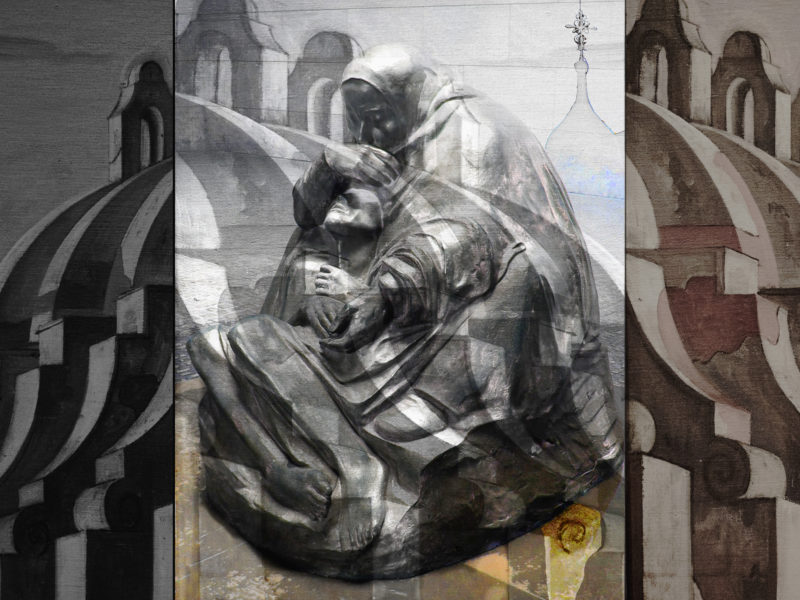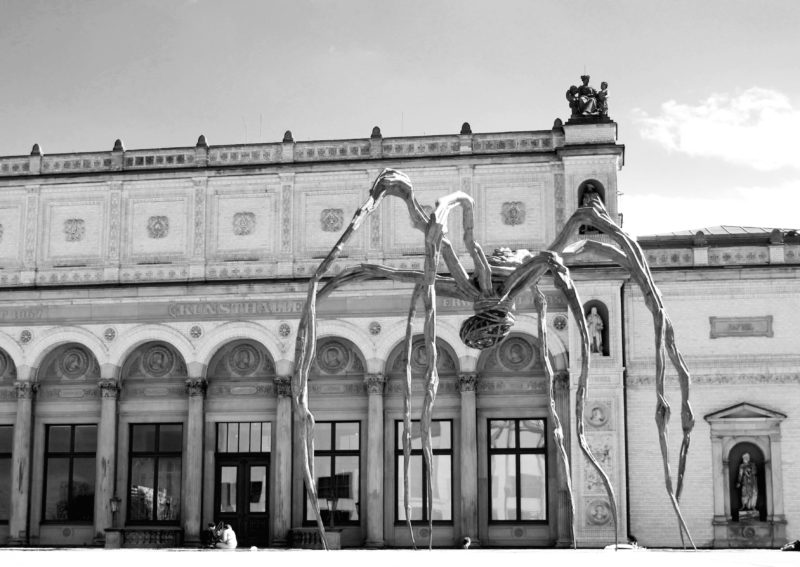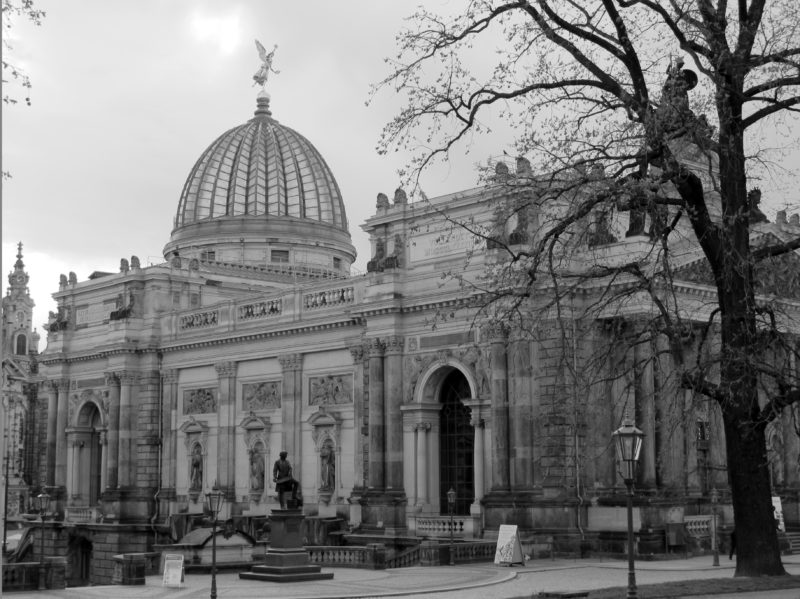Sepia Variations
· Eugène Carrière's Alphonse Daudet ·
 If you google Eugène Carrière and click on images you’ll face an astonishing array of somewhat monochromatic brown/sepia/beige/black paintings. Lots of them, and all a little bit mysterious, glowing, or, as Wikipedia describes it, with a misty color scheme. I had first seen his famous portrait of Paul Verlaine at the Musée d’Orsay and then encountered the one below, of Alphonse Daudet, in some small museum in San Antonio, Tx.
If you google Eugène Carrière and click on images you’ll face an astonishing array of somewhat monochromatic brown/sepia/beige/black paintings. Lots of them, and all a little bit mysterious, glowing, or, as Wikipedia describes it, with a misty color scheme. I had first seen his famous portrait of Paul Verlaine at the Musée d’Orsay and then encountered the one below, of Alphonse Daudet, in some small museum in San Antonio, Tx.
Carrière had been a prisoner in Dresden during the Franco-German war and taken to Rubens’ paintings (of which there are many displayed in the Gemäldegallerie Alter Meister.) How prisoners could visit museums is puzzling me – but in any event, his paintings were influenced by the old masters until the 1890s. By then he developed his distinctive style of layers of brown and came up with psychologically remarkable portraits. He is defined as a symbolist and counted a significant number of artists among his friends and subjects, Daudet, Rodin and Anatole France among them.
Daudet was a writer from the South of France who is know for sentimental short stories, and a life filled with misfortune, including the venereal disease that eventually killed him. I have trouble feeling much pity, though, given his politics. Not only was he a monarchist and opposed to the French Republic, he was an ardent antisemite, who corresponded with Richard Wagner on these issues and was a close friend of Édouard Drumont who founded the Antisemitic League of France and edited an antisemitic newspaper. Here is an all too current and informative piece of writing on the topic of antisemitism http://www.newstatesman.com/politics/uk/2016/05/longest-hatred.
I saw some visual familiarity between my photographic subject and the painted portrait, but assume there are no further parallels. 


 ( Music here:
( Music here:


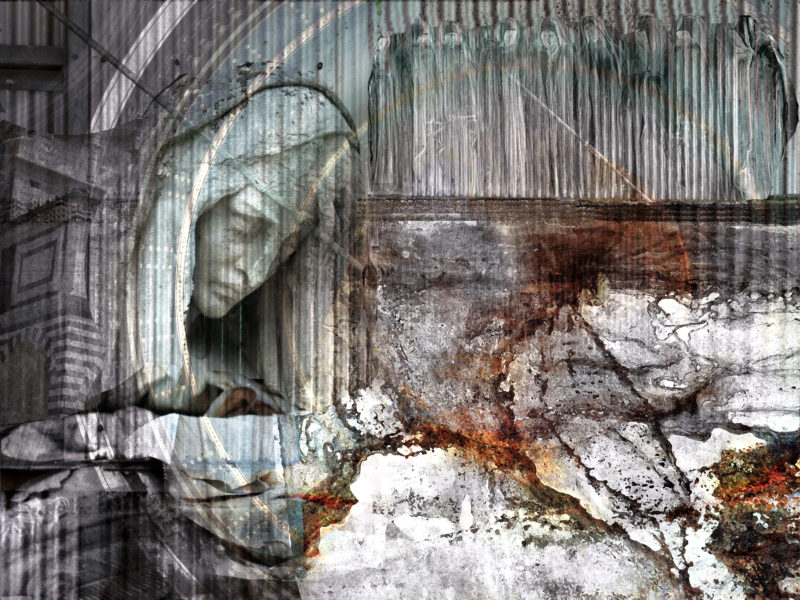

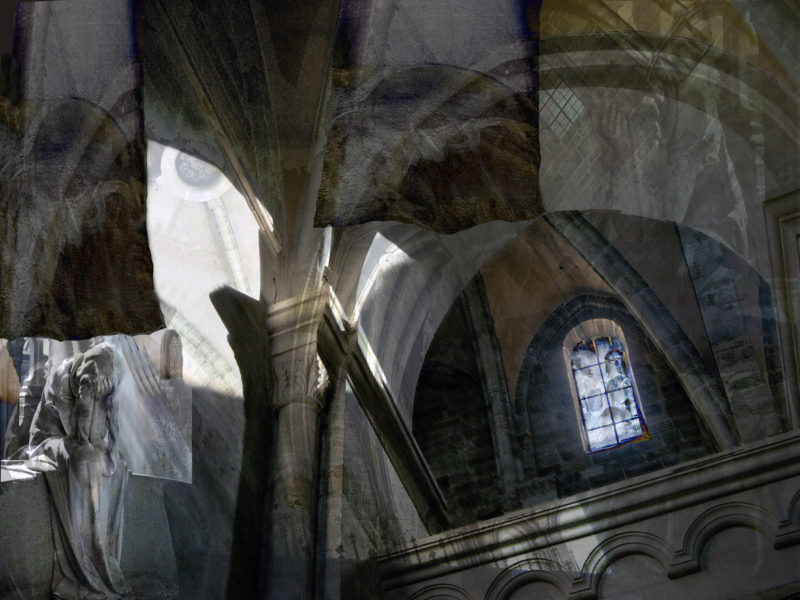



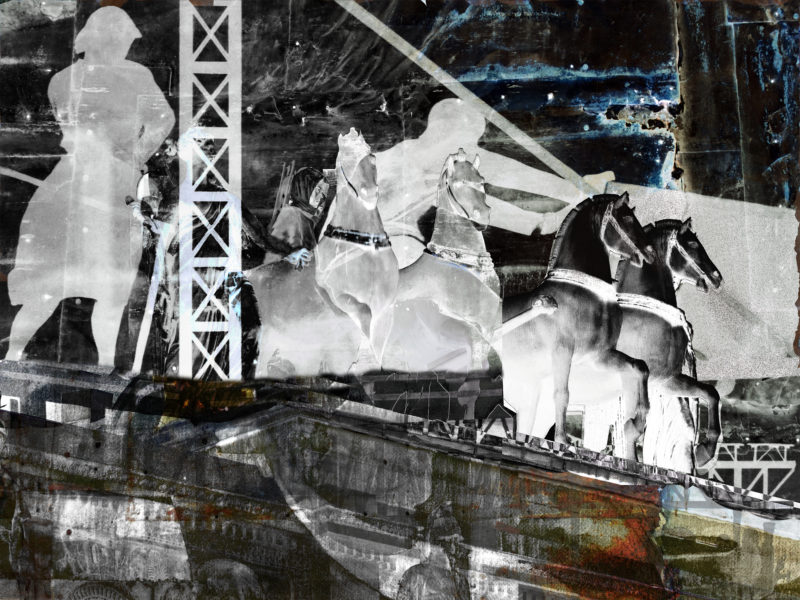

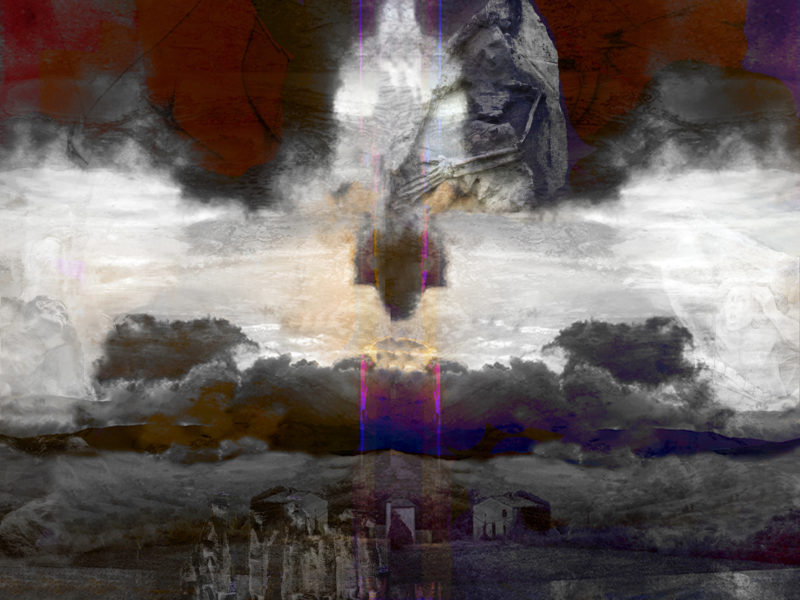
 Freud wrote in Civilization and Its Discontents (1930), “The present cultural state of America would give us a good opportunity for studying the damage to civilization which is thus to be feared.” His enduring nightmare, that America, with its notions of Exceptionalism and Manifest Destiny, would be “gain[ing] control over the forces of nature to such an extent that with their help they would have no difficulty in exterminating one another to the last man” was made real in 1945. In August of that year atomic bombs were deployed over Hiroshima and Nagasaki, killing over 100.000 people immediately, 10s of thousands through radiation exposure later, and devastated most of the attacked cities. Current talk of “Let’s make America great again!” hints at a willingness to repeat this kind of strategic annihilation, and one wonders if and what we’ve learned from history, if anything at all; it also makes Freud seem quite prescient.
Freud wrote in Civilization and Its Discontents (1930), “The present cultural state of America would give us a good opportunity for studying the damage to civilization which is thus to be feared.” His enduring nightmare, that America, with its notions of Exceptionalism and Manifest Destiny, would be “gain[ing] control over the forces of nature to such an extent that with their help they would have no difficulty in exterminating one another to the last man” was made real in 1945. In August of that year atomic bombs were deployed over Hiroshima and Nagasaki, killing over 100.000 people immediately, 10s of thousands through radiation exposure later, and devastated most of the attacked cities. Current talk of “Let’s make America great again!” hints at a willingness to repeat this kind of strategic annihilation, and one wonders if and what we’ve learned from history, if anything at all; it also makes Freud seem quite prescient.
